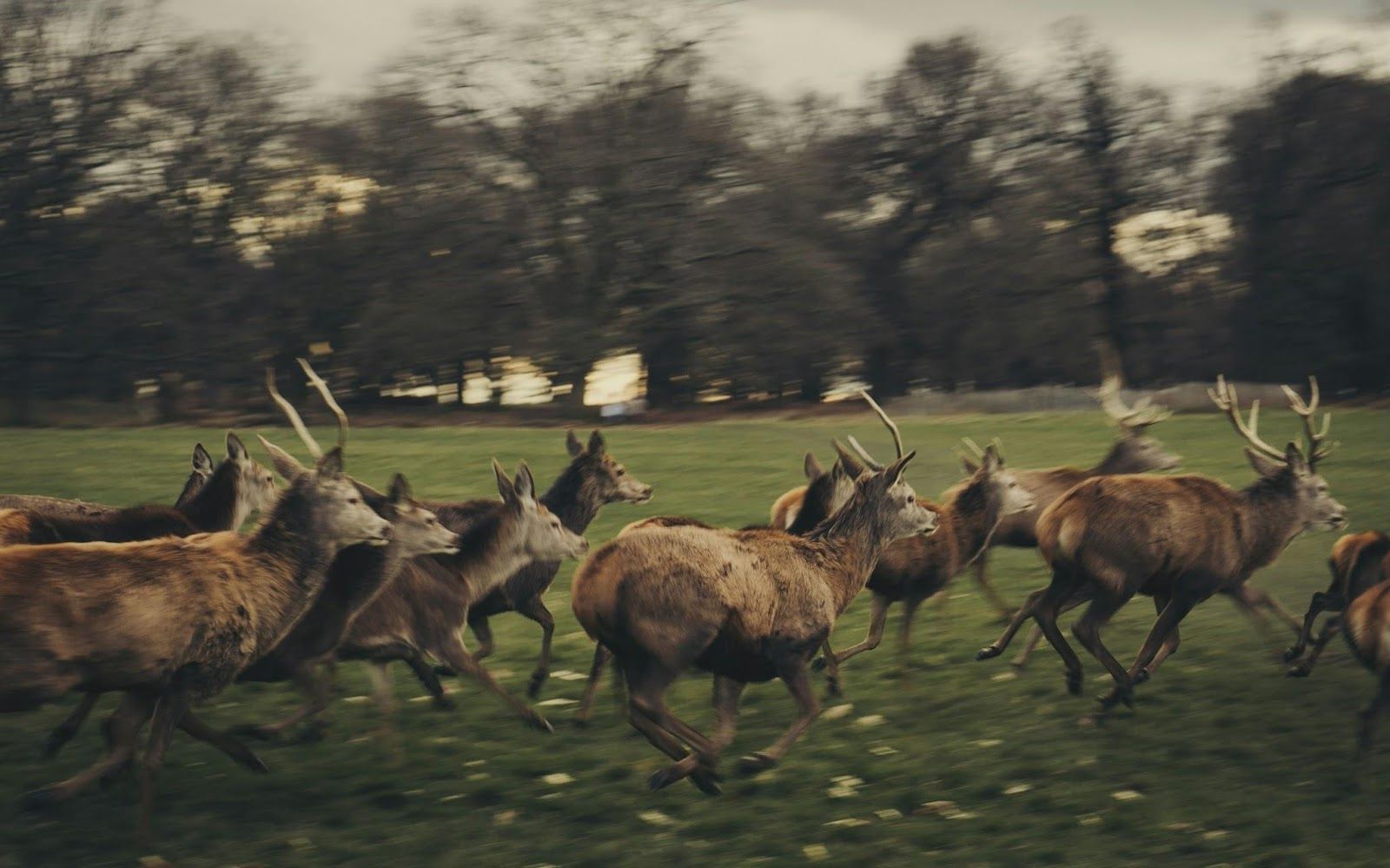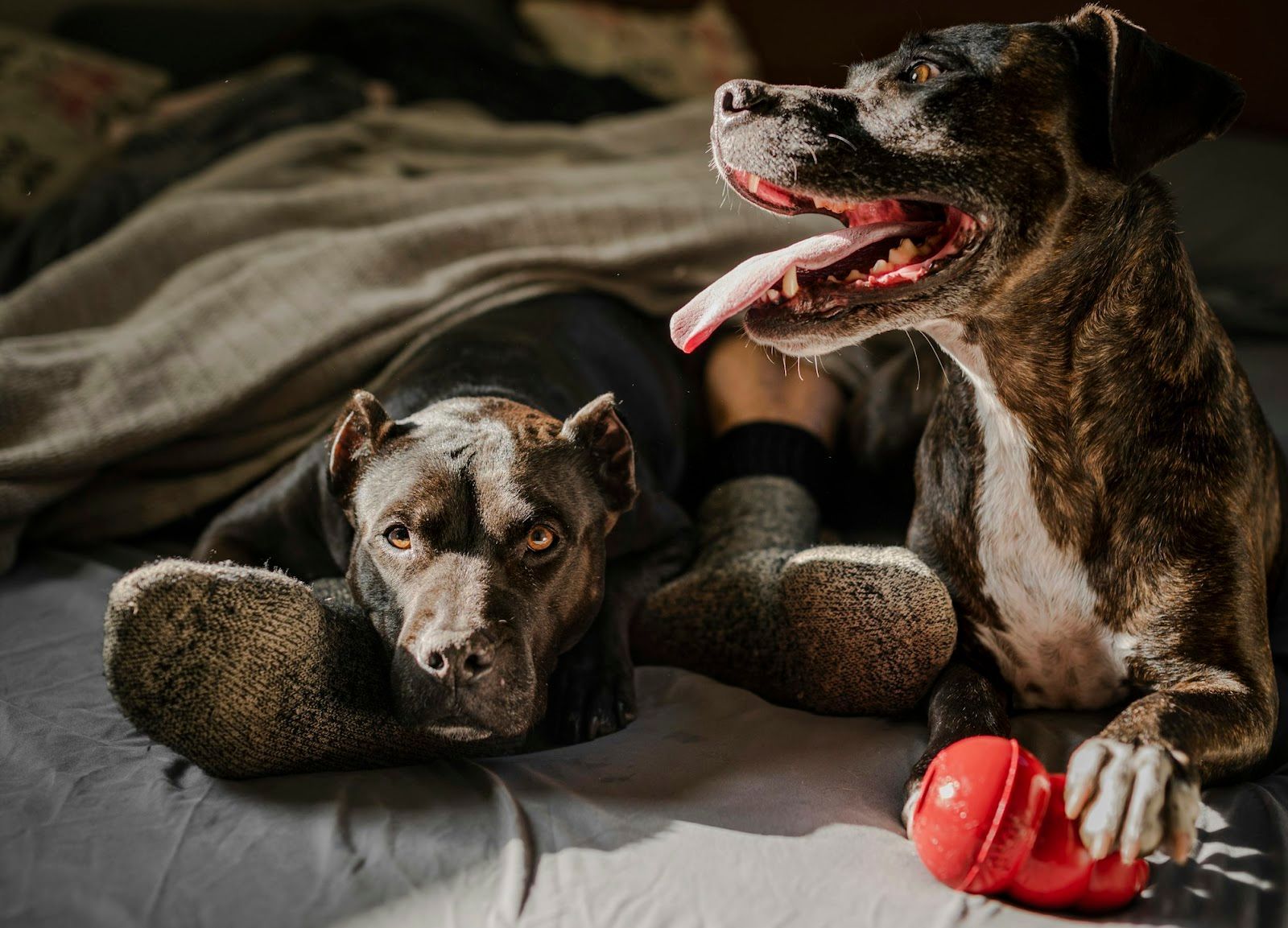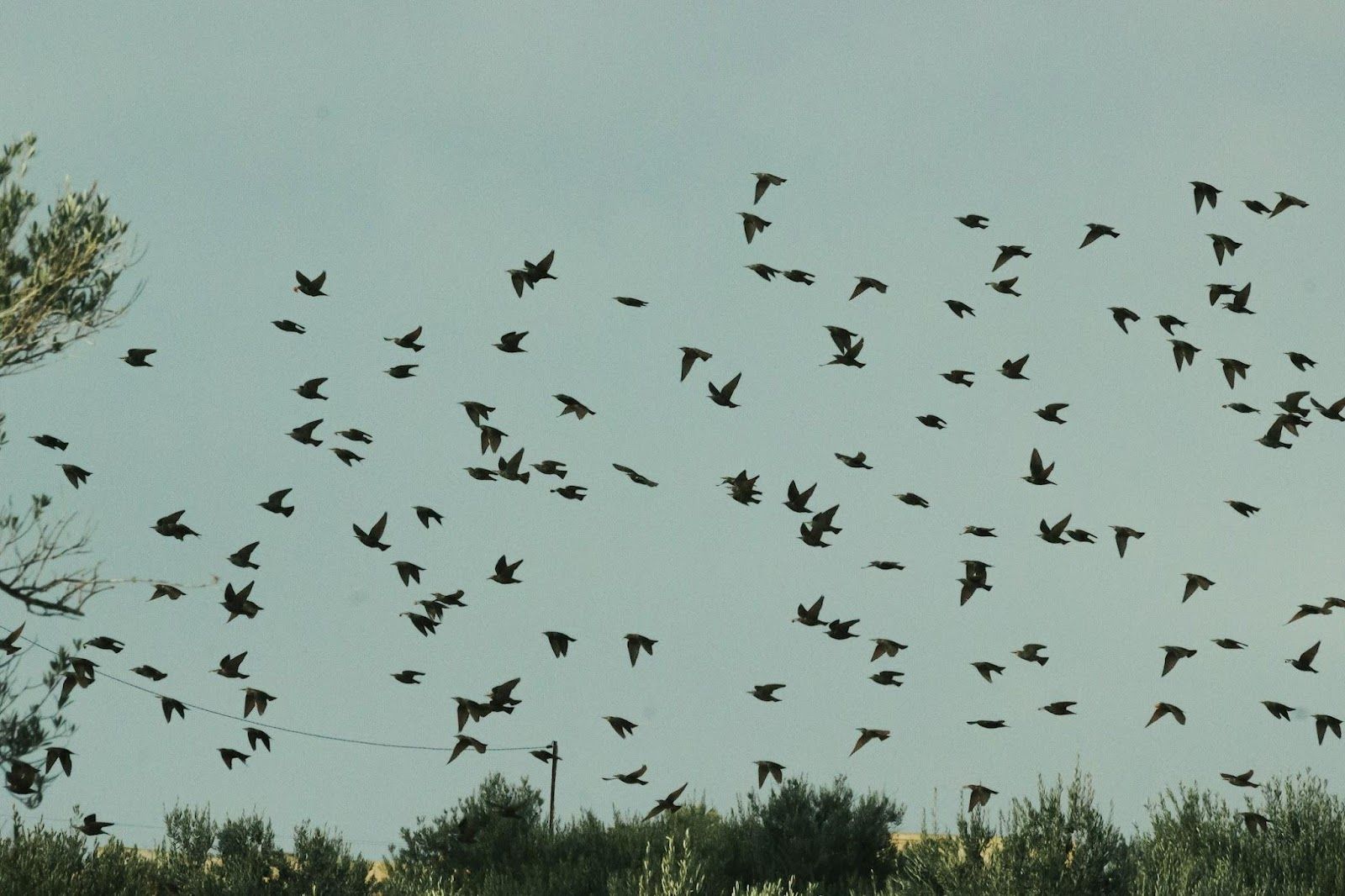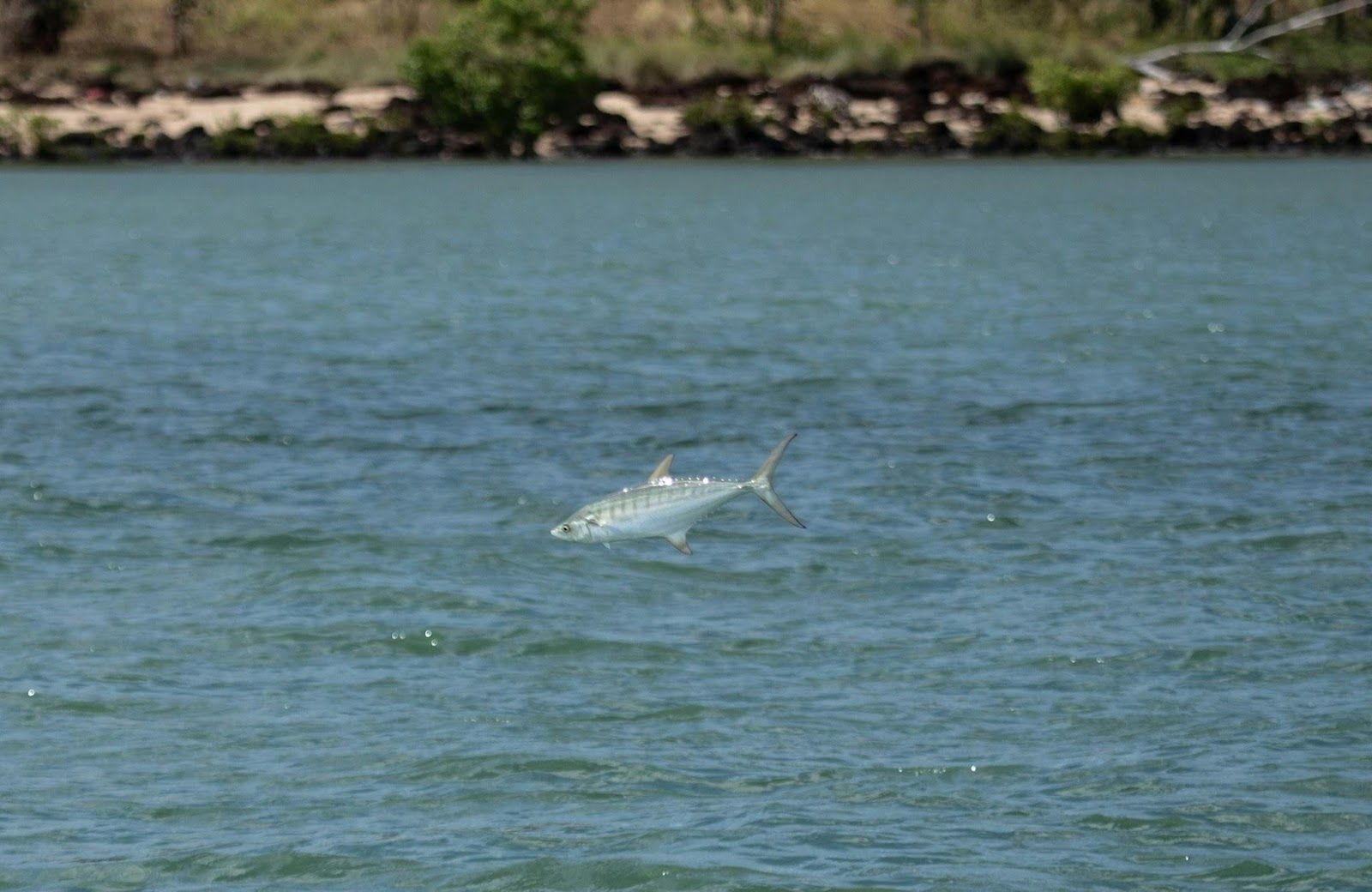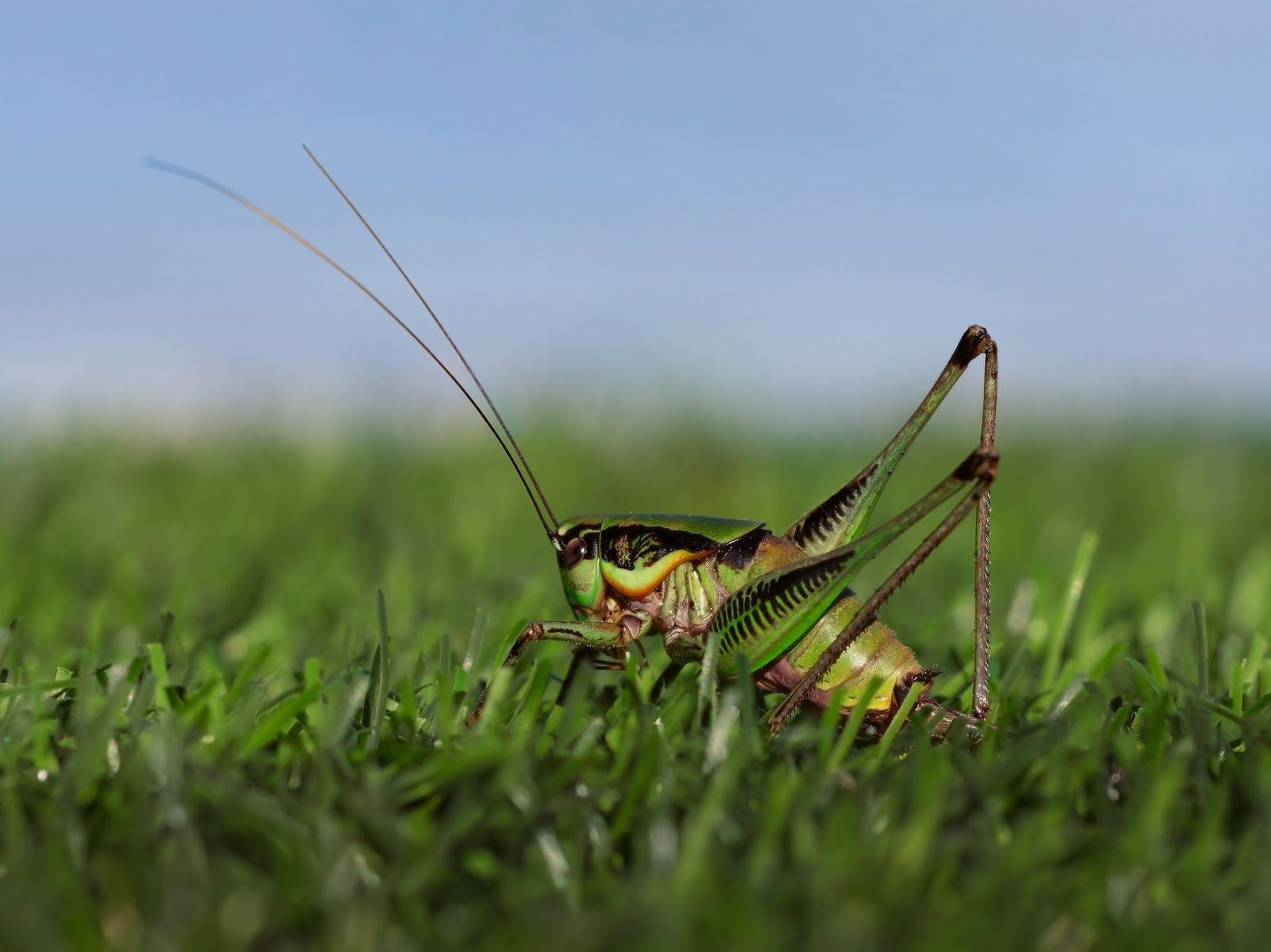Naming names
Slap your name on it: Discover the wonderful world of eponyms
Published on October 20, 2025
 Credit: Alexandra Lawrence
Credit: Alexandra Lawrence
Not all words are created equal. Some are meant to name something, and some others are meant to name someone, or someplace. We call the latter ones names. But, sometimes, the people behind those names end up being associated with particular things that, in turn, inherit the names of those individuals. Did you know that Sandwich was a man who invented the meal? Or that Braille was an individual who created the reading method used by blind people? Take a look at these 12 cases of eponyms. Which ones did you already know about?
Sandwich
 Credit: Eaters Collective
Credit: Eaters Collective
Let’s get this one right out of the bat, in case you are getting hungry. John Montagu was the 4th Earl of Sandwich, and he, supposedly, asked for meat between two slices of bread so he could keep playing cards without getting greasy fingers.
His invention proved successful, and since then, his name has been associated with the delicious and practical treat.
Diesel
 Credit: Arief Fachtomi
Credit: Arief Fachtomi
The diesel engine is named after German engineer Rudolf Diesel, who invented it in the 1890s. It works by using heat from compressed air to ignite fuel, which is why it's also called a compression-ignition engine.
Diesel's invention was a major leap in efficiency over steam engines. He even imagined it running on vegetable oil: an idea that helped inspire modern biodiesel.
Salisbury steak
 Credit: Paras Kapoor
Credit: Paras Kapoor
The second food entry in our list, though not the last, belongs to the beef patty. James H. Salisbury was an American doctor who promoted a meat-heavy diet to treat digestive issues. He called his recommended dish "muscle pulp of beef."
The name Salisbury steak has been used since 1897 for a ground beef patty, though today’s version differs from his original recipe.
Jacuzzi
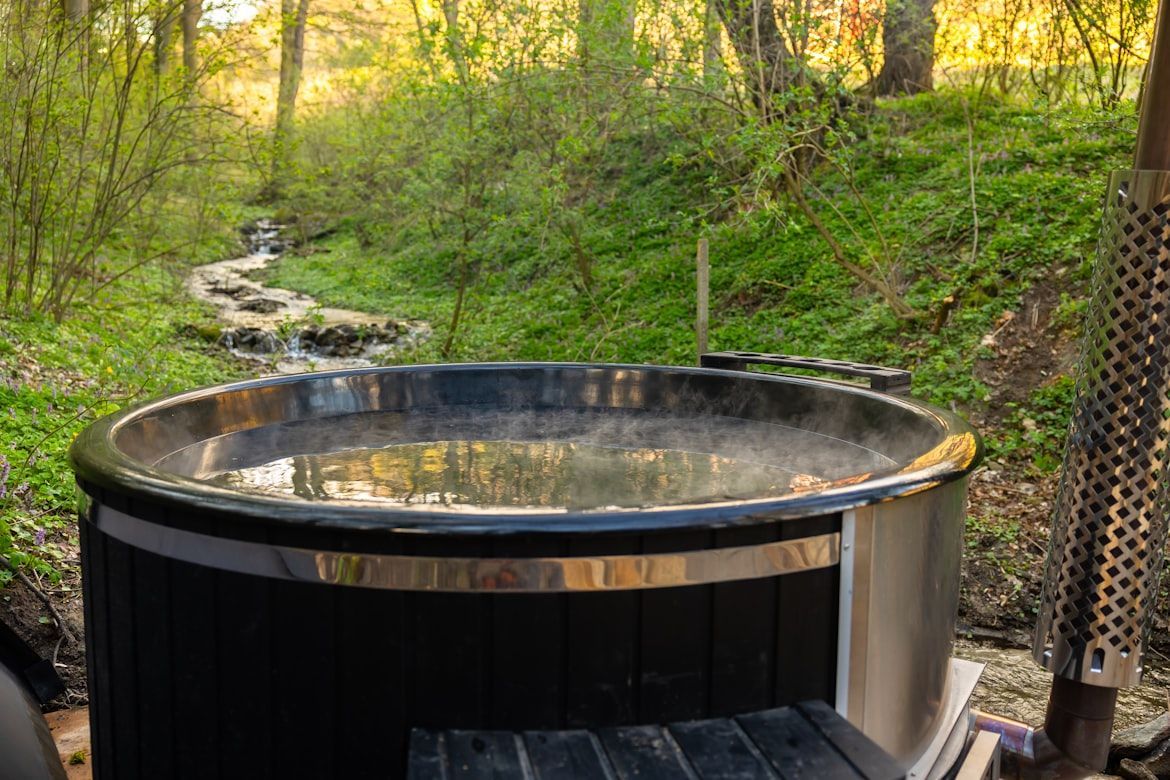 Credit: Lukas Kubica
Credit: Lukas Kubica
The name Jacuzzi comes from a family of Italian immigrant brothers who founded the company in 1915. Originally focused on aviation and agriculture, they later shifted to water systems, inventing the first submersible pump in 1925.
In 1968, Roy Jacuzzi created the first self-contained whirlpool bath, called the Roman. Though Jacuzzi is a trademark, the name is often used generically for jetted tubs and hot tubs.
Graham cracker
 Credit: Joshua Hoehne
Credit: Joshua Hoehne
Perhaps not the most luxurious cracker, but a trusty one, indeed, the graham cracker is named after Sylvester Graham, a 19th-century preacher and health reformer who promoted a diet of whole grains, fruits, and vegetables.
Graham created a coarse, bland cracker made from graham flour as part of his health-focused diet. The snack was meant to support clean living and became a symbol of his nutritional ideals.
Braille
 Credit: Jonas Schöne
Credit: Jonas Schöne
Braille is a reading and writing system for the blind, created by Louis Braille in the early 1800s. It uses raised dots in a 6-dot cell to represent letters, numbers, and punctuation.
Braille lost his sight as a child and later improved on a complex night writing code. He simplified it and published his system in 1829, which became the global standard for blind literacy we know today.
Cardigan
 Credit: Nadin Mario
Credit: Nadin Mario
The cardigan sweater is named after James Brudenell, 7th Earl of Cardigan, a British officer known for leading the Charge of the Light Brigade.
He was said to wear a knitted, front-opening sweater under his uniform during the Crimean War, inspiring the name of the now-classic garment.
Fahrenheit
 Credit: Jarosław Kwoczała
Credit: Jarosław Kwoczała
The Fahrenheit scale is named after German physicist Daniel Gabriel Fahrenheit, who introduced it in 1724. It gained popularity in the British Empire and is still used in the U.S. today.
Fahrenheit set 0°F as the freezing point of brine and 96°F as body temperature. The scale was later adjusted to place water's freezing point at 32°F and boiling point at 212°F, creating 180 degrees between them.
Boycott
 Credit: Austin Crick
Credit: Austin Crick
The word boycott comes from Captain Charles Boycott, an English land agent in Ireland. In 1880, locals refused to work with or speak to him to protest unfair rents and evictions.
This method of social and economic isolation was so effective and unique that his name became the term for it. Today, a boycott is used worldwide to describe similar protests.
Mausoleum
 Credit: Randy Kay
Credit: Randy Kay
Mausoleum comes from the grand tomb of Mausolus, a Persian ruler in ancient Greece. His burial site, the Mausoleum at Halicarnassus, was one of the Seven Wonders of the Ancient World.
Its fame led to the use of a mausoleum for any large, impressive tomb built to honor important people.
Zeppelin
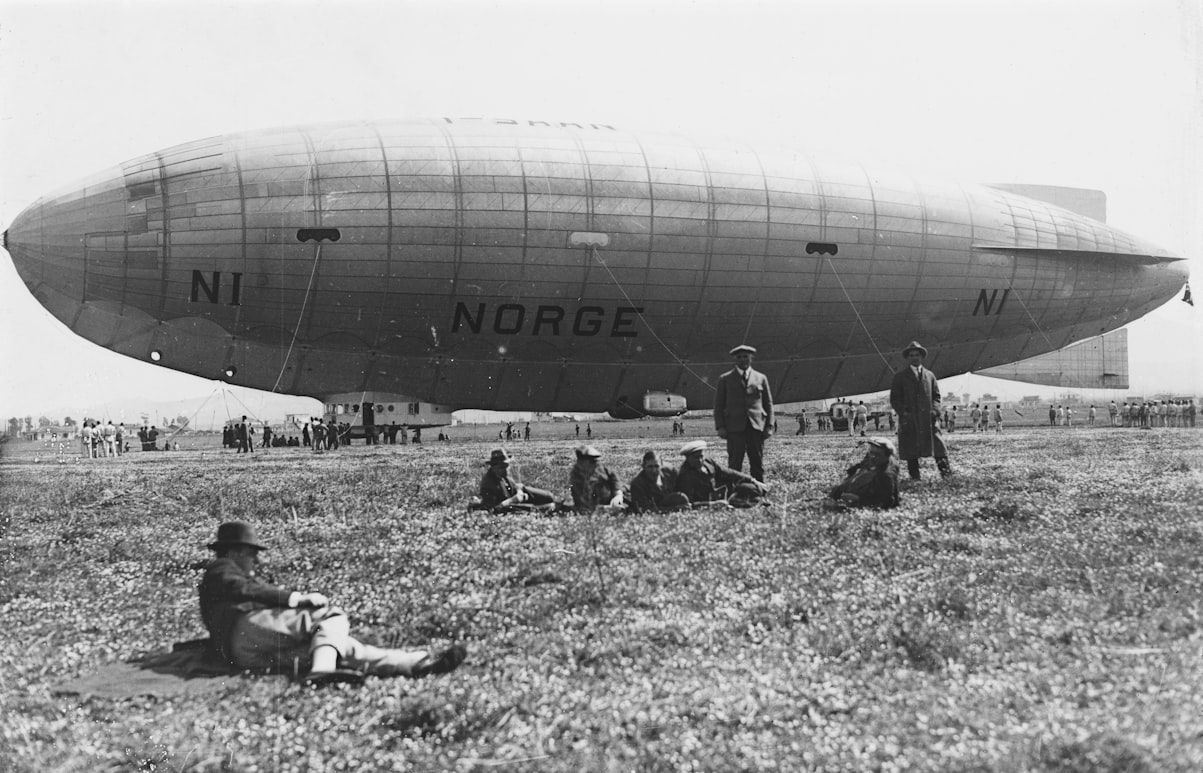 Credit: The National Library of Norway
Credit: The National Library of Norway
The name of the Zeppelin aircraft comes from Count Ferdinand von Zeppelin, a German general who led the development of rigid airships.
His airships were called Luftschiff Zeppelin, and his name itself traces back to the town of Zepelin in Germany.
Leotard
 Credit: studionone
Credit: studionone
Leotard comes from Jules Léotard, a 19th-century French acrobat known for his trapeze acts. He originally called the garment a maillot.
Over time, the tight, one-piece outfit he wore became linked to his name, and the leotard became the standard term for this kind of clothing.
